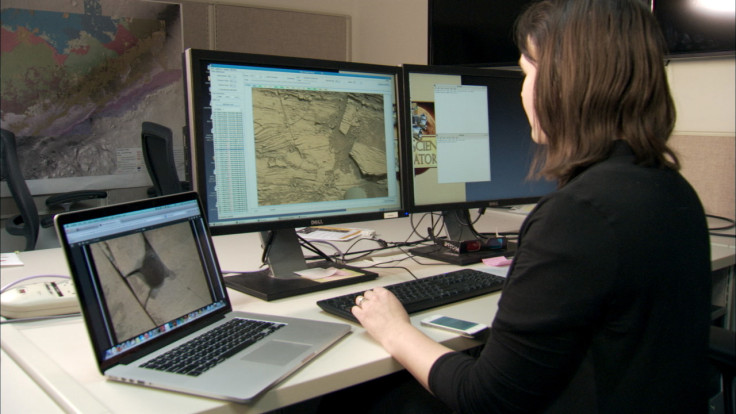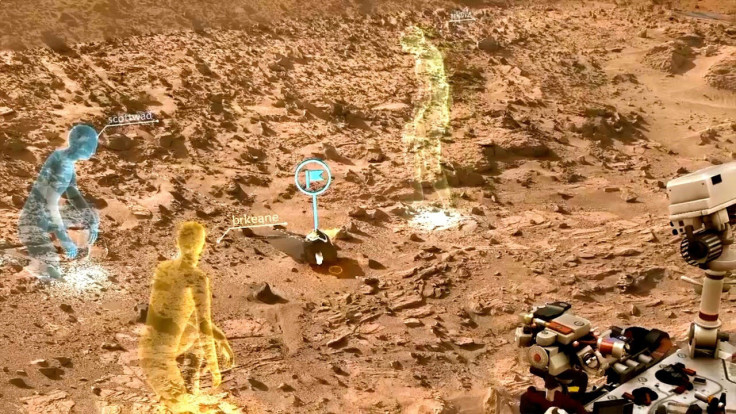Microsoft's HoloLens goggles mean Nasa scientists can work remotely on Mars
Nasa is teaming up with Microsoft to develop software that lets scientists work on Mars remotely using the tech giant's newly announced HoloLens virtual reality headset.
OnSight is a software tool being developed by Nasa's Jet Propulsion Laboratory (JPL) in conjunction with Microsoft that will help scientists control the Curiosity Rover remotely to conduct scientific experiments on the Red Planet.
"OnSight gives our rover scientists the ability to walk around and explore Mars right from their offices," said Dave Lavery, program executive for the Mars Science Laboratory mission at Nasa Headquarters in Washington.

"It fundamentally changes our perception of Mars, and how we understand the Mars environment surrounding the rover."
At the moment, scientists can only examine imagery from Mars by looking at photos and video taken by the rover on a computer screen, and then make inferences based on what they can see on the screen.
Unfortunately, even imagery that benefits from 3D stereo views lacks a natural sense of depth that is required in order for the scientists to understand spatial relationships between the rover and its surroundings.
The OnSight system uses holographic computing technology to overlay visual information and rover data into the user's field of view.
This creates a hybrid view of both the physical world together with computer-generated imagery of the rover's surroundings, which would allow the scientists at JPL to virtually walk around a field site in the Gale Crater and even crouch down to examine rocky outcrops from different angles.
Also, rather than waiting for the rover to collect samples and process them, the scientists will be able to use the HoloLens hologram goggles to analyse the rover's worksite from a first-person perspective and then preview the results first hand.

"Previously, our Mars explorers have been stuck on one side of a computer screen. This tool gives them the ability to explore the rover's surroundings much as an Earth geologist would do field work here on our planet," said Jeff Norris, JPL's OnSight project manager.
Nasa's JPL already has an existing partnership with Microsoft that is investigating advances in human-robot interaction, and the researchers working on OnSight are experienced in creating systems that control robots and spacecraft.
It is hoped that OnSight and HoloLens will enable Nasa to understand the environment and workspace of robotic spacecraft better, which will enable developments in the rest of Nasa's software and robotic systems.
Windows Holographic, the consumer augmented reality system being designed by Microsoft that merge computer apps and the physical world around the user into one, will be released sometime "within the Windows 10 time frame", according to the tech giant.
Windows 10 will be released in late 2015, very like sometime around September.
© Copyright IBTimes 2025. All rights reserved.






















